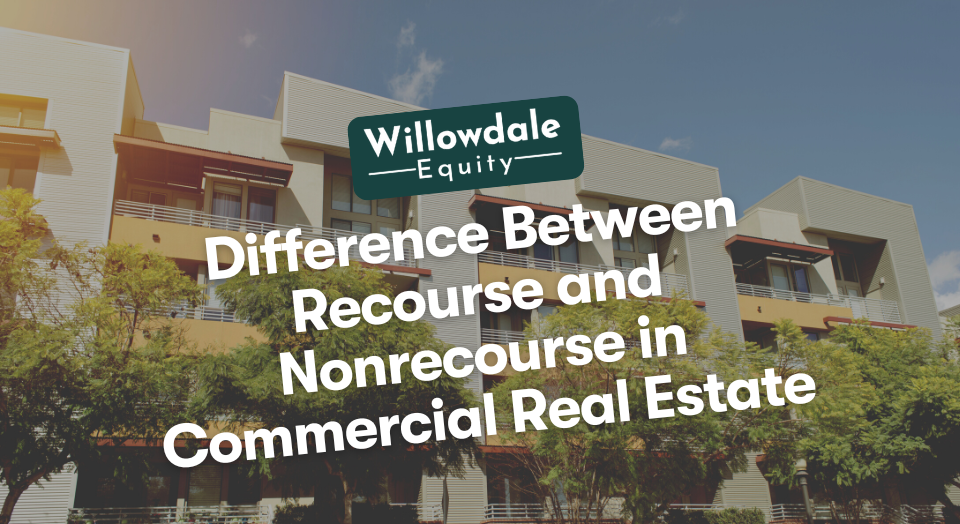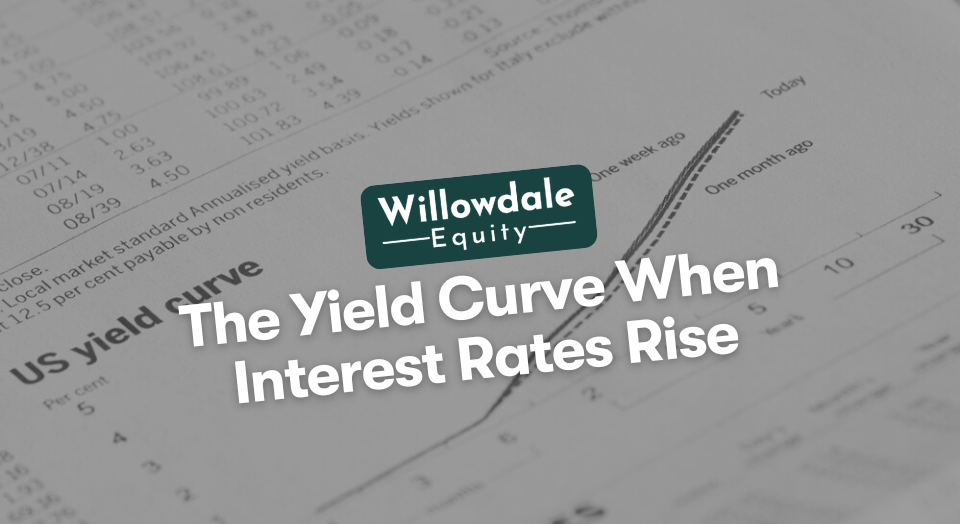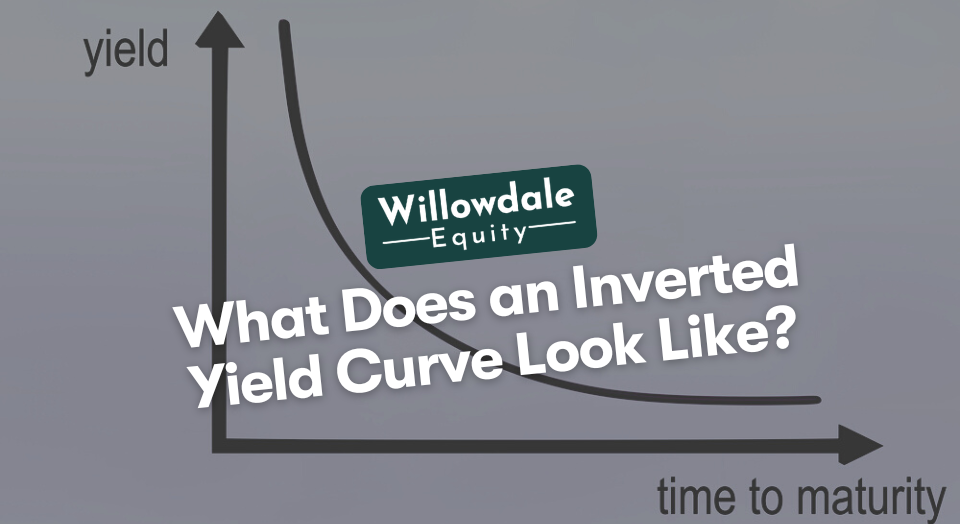
What is the Difference Between Recourse and Nonrecourse Loans in Commercial Real Estate?
This article is part of our guide on fannie mae and non-recourse loans in multifamily, available here.
Debt financing is one of the most popular ways to invest in commercial real estate. It can be acquired from various financial entities, including individual investors, banks, retirement funds, credit unions, and insurance firms, and is typically used to buy or improve real estate.
Commercial lenders generally offer both recourse and non-recourse loan options to their customers. Before choosing which of these two types of debt is ideal for them, investors must be aware of their differences.
So, what is the difference between recourse and non-recourse loans? The distinctions between recourse and non-recourse loans are highlighted in this article. We will also go through circumstances that make non-recourse loans a better option than recourse loans. And we will conclude by answering some frequently asked questions about recourse and non-recourse in real estate investing.
Key Takeaways
-
If the total amount owed on a recourse loan exceeds the value of the collateral, the lender may seek other assets of a defaulting borrower.
-
With a non-recourse loan, the creditor can only take the loan collateral listed in the loan agreement, even if its market value is insufficient to pay off the total obligation.
-
Non-recourse loans may offer more affordable or lower interest rates and lower the overall risk to a borrower’s personal assets and portfolio outside of the property they are looking to finance.
What Does Recourse Mean in Real Estate?
A recourse loan is one where the security itself and any existing loan debt are both subject to personal liability for repayment by the borrower(s) or guarantor(s).
In other words, if there is a gap in making the lender whole after the foreclosure of the asset and the borrower can still not cover the total amount outstanding on the loan. Recourse would permit the lender to pursue the guarantor(s) directly to make up for this shortfall.
Banks and credit unions finance most loans, and full recourse loans are popular. A bridge loan that facilitates the renovation, lease-up, and stabilization of a multifamily asset is an example of a recourse-based short-term commercial property loan. However, it is possible to get a non-recourse bridge loan as well.
So, how are recourse loans different from non-recourse loans in real estate? We will discuss that next.
What is the Difference between Recourse and Non-recourse Loans?

Both agency and non-agency lenders have non-recourse loan options. If the total amount owed on a recourse loan exceeds the value of the collateral, the lender may seek other assets of a defaulting borrower. With a non-recourse loan, the creditor can only take the loan collateral listed in the loan agreement, even if its market value is insufficient to pay off the total obligation.
Either loan type may have loan collateral. In other words, the loan contract will stipulate that if a borrower defaults, the lender may confiscate and sell one or more of the borrower’s assets to recover its money. These are other assets or additional assets of the borrower besides the mortgaged real estate. On the other hand, a recourse debt offers the creditor the right to go after the borrower’s holdings beyond the security value if that’s what it takes to make up for the loan’s losses. We can better understand this with recourse and non-recourse loan examples.
An Example Scenario
Let’s say two investors have secured a $1,000,000 multifamily CRE loan. When the acquired the loan, the real estate was valued at $1,350,000, resulting in a loan to value ratio (LTV) of 74.07 percent.
Everything works well for the first two years of the financing. The tenants are paying rent, and the property’s income is comfortable being utilized to cover the property’s operating expenses and loan payments. A recession does, however, begin in the third year. Many tenants experience job loss and are consequently unable to make rent payments causing a large spike in delinquency at the property level. The borrowers then don’t have enough cash flow to service the mortgage and eventually miss multiple payments and default on loans.
There was an outstanding loan balance of $800,000 when the default occurred. The property is taken into possession by the lender after a foreclosure sale. The property’s value has drastically reduced due to the downturn and a sharp decline in net operating income. The lender only manages to get $750,000 for the property after selling it in a down market. The funds are utilized to reduce the outstanding debt, leaving a $50,000 remaining balance. Since they have exhausted all options for repayment, the creditor or financial firm in a non-recourse loan will likely have to take a $50,000 loss on the transaction.
In a recourse loan, the creditor has the legal right to contact the loan guarantor(s) to give a personal guarantee and request payment of the outstanding balance per the terms of the loan agreement. There are two partners in this situation, and they must determine who is liable for what portion among themselves.
Many situations make a non-recourse mortgage loan a better option than a recourse. We detail some of the situations below.
Why Should You Elect for a Non-recourse Loan?

Non-recourse loans may offer more affordable or lower interest rates and lower the overall risk to a borrower’s personal assets and portfolio outside of the property they are looking to finance.
This is because these creditors sometimes are more ready to assume the risk when giving loans that will be collected and sold as securities. It transfers the risk of these mortgage loans to the securities buyers. Many investors purchasing commercial real estate will discover that non-recourse loans are only available for loans larger than $2 to $3 million.
Due to the asset scale they are chasing, most first-time investors who want a non-recourse mortgage loan won’t qualify for it. Additionally, some non-recourse lenders want assurance that the borrowers have enough liquidity to cover both the down payment and what is referred to in the business as “post-closing liquidity,” as well as a personal wealth equal to the loan amount. 9 to 12 months’ loan payments typically make up this post-closing cash.
Another reason to choose a non-recourse loan is the inherent problem with recourse loans that we will look at next.
The Problem with Recourse Loans
There is less risk for the borrower in non-recourse loans vs. recourse loans. The borrower bears the bulk of the risk and liability in recourse loans if the borrower fails to make payments. Suppose your default as a borrower of a recourse loan.
In that case, the creditor may take possession of your property secured by the loan and recover any unpaid or remaining debt by pursuing your other holdings and levying bank accounts. However, a real estate syndication can offer a way around this which we’ll discuss below.
Recourse to Only Those Who Sign the Loan in a Real Estate Syndication
In a real estate syndication, only the general partners/sponsors typically sign the loan, so any passive investors (LP or Limited PARTNER) who invest in the property do not have any recourse or liability. Their loss is limited to the capital they invest, hence why a passive investor is referred to as a “limited partner” to reflect the limited liability they have in the project at hand.
Frequently Asked Questions about Recourse & Non-Recourse in Real Estate Investing
A recourse loan is one in which the lender has the right to seize any asset, including those not explicitly listed as loan collateral. In contrast, the lender seizes only the loan’s collateral if you don’t pay back a non-recourse loan.
Typically, recourse debt choices include bank loans and credit union lending.
Difference between Recourse and Non-Recourse - Conclusion:
It might be challenging to comprehend the distinction between recourse and non-recourse debt, but doing so will help you make well-informed choices about your financial future. If the option is available, non-recourse debt is the best option as it lowers the overall risk portfolio-wide.
You can decide which is most ideal for you by considering the rate, leverage, guarantees, and terms of the financing options at hand. Join the investors club to learn more about passive multifamily investing and the differences between recourse and non-recourse loans today.
Sources:
- Investopedia, “Recourse Loans vs. Non-Recourse Loan: Knowing the Difference”
- Forbes, “Recourse Loans Vs. Non-Recourse Loans”
- Corporate Finance Institute, “Non-Recourse vs. Recourse Loans”
Interested In Learning More About PASSIVE Real Estate Investing In Multifamily Properties?
Get Access to the FREE 5 Day PASSIVE Real Estate Investing Crash Course.
In this video crash course, you’ll learn everything you need to know from A to Z
about passive investing in multifamily real estate.
We’ll cover topics like earned income vs passive income, the tax advantages, why multifamily, inflation, how syndications work, and much much more!




